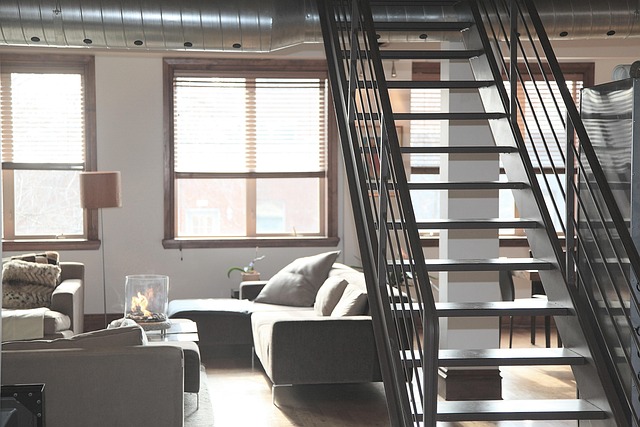Designing compact sleeping spaces for urban homes
Small urban bedrooms require careful choices to balance comfort and function. This article outlines practical strategies—from smart storage and layered lighting to acoustic treatments and ventilation—to help make compact sleeping spaces feel restful, efficient, and tailored to daily needs without sacrificing style.

Compact urban sleeping spaces can feel restful and efficient when intentional design decisions prioritize comfort, utility, and wellbeing. In small rooms every element—from furniture choice to textiles and insulation—affects how the space performs. This article offers practical approaches that address storage, lighting, acoustics, ventilation, textiles, color, layout, ergonomics, organization, furniture, multifunction solutions, zoning, and insulation so a compact room can support sleep, relaxation, and daily routines.
Storage and organization
Maximizing storage is essential in compact rooms. Use vertical shelving, built-in closets, and under-bed storage to free floor space while keeping belongings accessible. Organization systems—drawer dividers, labeled bins, and hanging organizers—help maintain order and reduce visual clutter, which supports mental calm. Consider furniture that combines storage and function, such as headboards with compartments or beds with integrated drawers. Planning a consistent storage footprint makes cleaning and rearranging easier and helps a small bedroom appear larger and more intentional.
Lighting and color
Layered lighting improves function and mood in small sleeping spaces. Combine ambient ceiling light with task lamps for reading and accent lighting to highlight features. Use dimmers to adapt light levels for different activities. Lighter wall colors and reflective surfaces can increase perceived space, while an accent color can add depth without overwhelming the room. Choosing bulbs with appropriate color temperature (warmer tones for evening use) supports circadian comfort. Thoughtful lighting and color choices make compact rooms feel brighter and more inviting without increasing physical square footage.
Acoustics and insulation
Noise control and thermal insulation are important for sleep quality in urban settings. Soft furnishings—rugs, curtains, and upholstered panels—absorb sound and reduce reverberation. Adding an extra layer to windows (heavy drapes or secondary glazing) can lower street noise and improve thermal insulation. Wall hangings and bookshelves also help diffuse sound. Where possible, seal gaps around doors and windows to reduce drafts and external noise. Addressing acoustics and insulation enhances privacy and creates a calmer environment conducive to rest in dense city neighborhoods.
Ventilation and air quality
Good ventilation keeps a compact bedroom comfortable and supports healthy sleep. Natural ventilation—opening windows when outdoor air quality allows—helps remove stale air, while mechanical options (exhaust fans, energy-recovery ventilators) can provide steady airflow in tighter units. Indoor plants can improve perceived air quality, but they should be chosen and maintained carefully to avoid excess humidity or allergens. Monitoring humidity and using breathable textiles and bedding materials helps prevent mold growth and contributes to a fresher, healthier sleeping environment.
Textiles, furniture, and ergonomics
Textile choices affect comfort and noise levels: breathable bedding, layered blankets, and window treatments contribute to thermal regulation and privacy. Furniture selection should follow ergonomic principles—proper mattress support, bedside surface height, and accessible storage reduce strain. Multifunction furniture (sofa beds, fold-down desks, wall beds) can expand usable areas without cluttering the room. Scale furniture to the room’s dimensions, and prioritize pieces that serve more than one purpose to maintain flow while supporting sleep posture and daily activities.
Layout, zoning, and multifunction spaces
Thoughtful layout and zoning make small rooms feel purposeful. Define a sleeping zone separate from work or dressing areas, even if separation is visual—use rugs, shelving, or curtains to create distinct areas. Place the bed to allow clear circulation and easy access to storage. Multifunction zones, such as a bedside platform that doubles as a seating nook or a fold-down desk near storage, increase usability. Balance open floor space with functional zones to avoid a cramped feel while supporting multiple activities within a compact footprint.
Conclusion Designing compact sleeping spaces for urban homes requires blending pragmatic solutions with attention to comfort. Prioritizing storage and organization, layering lighting, addressing acoustics and insulation, ensuring ventilation, selecting appropriate textiles and ergonomic furniture, and zoning the room for multifunction use can transform small rooms into restful, efficient spaces. With deliberate choices, compact bedrooms can support well-being and daily life without sacrificing style or performance.




